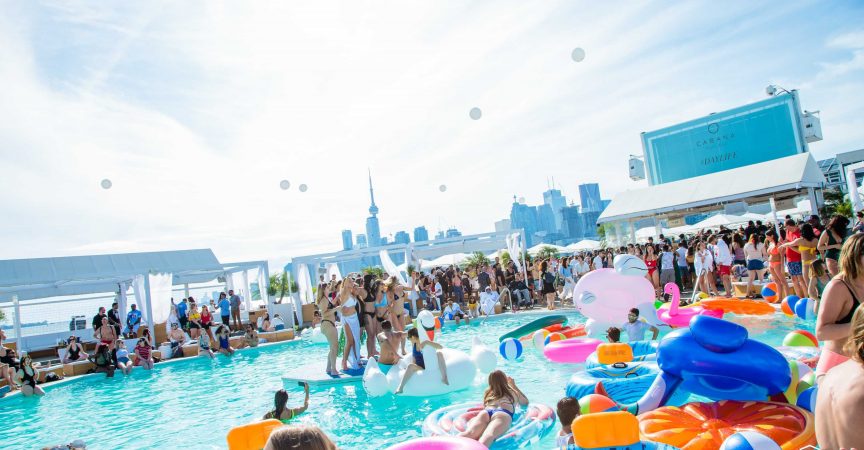Entertaining the Future: The day the music died
From crowded dance floors and mingling with friends to singing along with a favourite song played by a live band, most of the experiences we associate with nightlife are no longer considered safe in the COVID era. Bars, nightclubs, and other entertainment venues across Canada had begun to slowly reopen but without the singing, dancing, and socializing that once defined a good night out. As we enter full swing into a second wave, many bars and restaurants have shuttered their doors for the time being.
Can bars and nightclubs survive with these new health and safety measures in place? And are consumers ready to embrace the new face of nightlife amid the pandemic?
A recent study conducted by Abacus Data for Music Canada showed that 69 percent of Canadians say it will take more than six months before they’ll feel comfortable going to a bar or pub for a live music event.
“What we learned from the consumer is that
you go to live music because of the experience that it gives you: that sense of
community, the ability to dance, or hang around with friends. If you’re all
distanced around the venue, it’s not going to be the same thing,” says David
Coletto, CEO of Abacus Data.
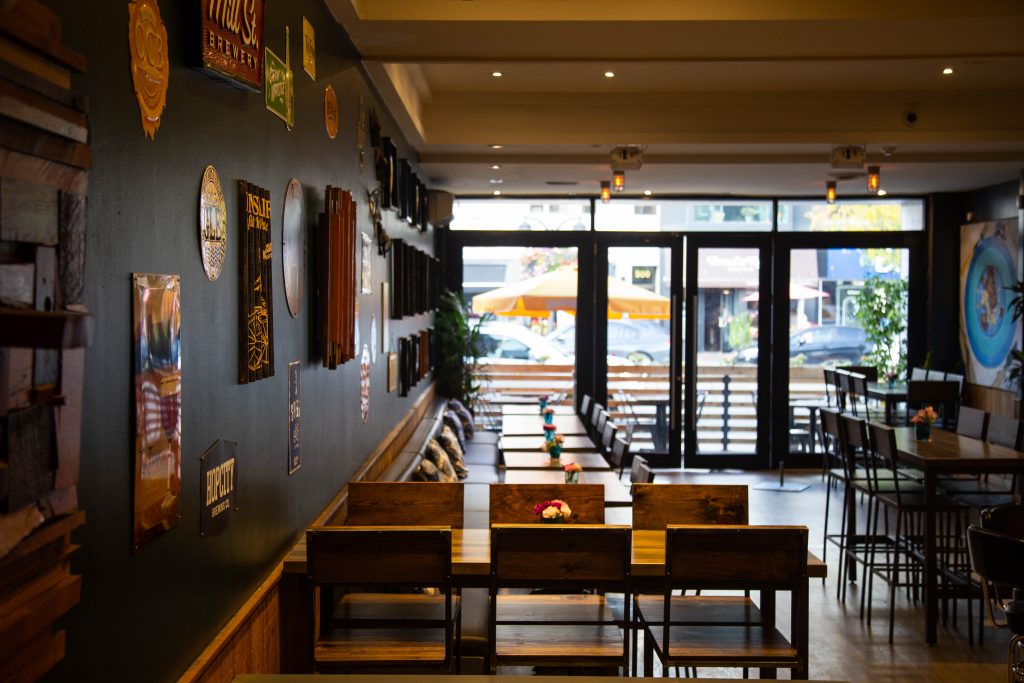
Live music was a key part of the revenue model at Toronto’s Relish Bar and Grill, which was hosting up to 13 shows per week prior to the outbreak of the pandemic. With Toronto now in stage three of reopening, owner Joanne Clayton has begun to resume Relish’s live music program.
The bar has 3,500-square-feet of interior space, which Clayton hopes allows for enough physical distancing that customers will feel comfortable coming inside. “We’ve rigged up our mic stands with plexiglass,” she says. “I have an advantage because I have a large space, so the guests can easily be spaced away from the stage and still enjoy the music.”
Relish is among 45 live music venues in Toronto that will receive a combined property tax relief of $1.7 million under a new bylaw announced by the city in August. While Clayton says the relief will help with Relish’s bottom line, she’s also disappointed that the government isn’t taking bigger steps to support live music venues at the federal and provincial levels.
“We have to be able to hang on long enough for that [property tax relief] to actually go through, which they’re saying will be sometime in November,” says Clayton.
“All of the people, including myself, that work here are volunteering our time for the cause because the business can’t support a payroll.”
The summer patio season has been essential
for many bar operators, creating extra space for them to safely maximize their
available seating. Mike Condy, who runs Halifax’s Lower Deck Waterfront, has
been hosting live music on the bar’s outdoor patio, which has been reduced from
a capacity of 500 down to 120 thanks to physical distancing measures and the
requirement that customers be seated. “We’ve been forced to hire solo or duo
acts instead of our regular full-band performances,” says Condy.
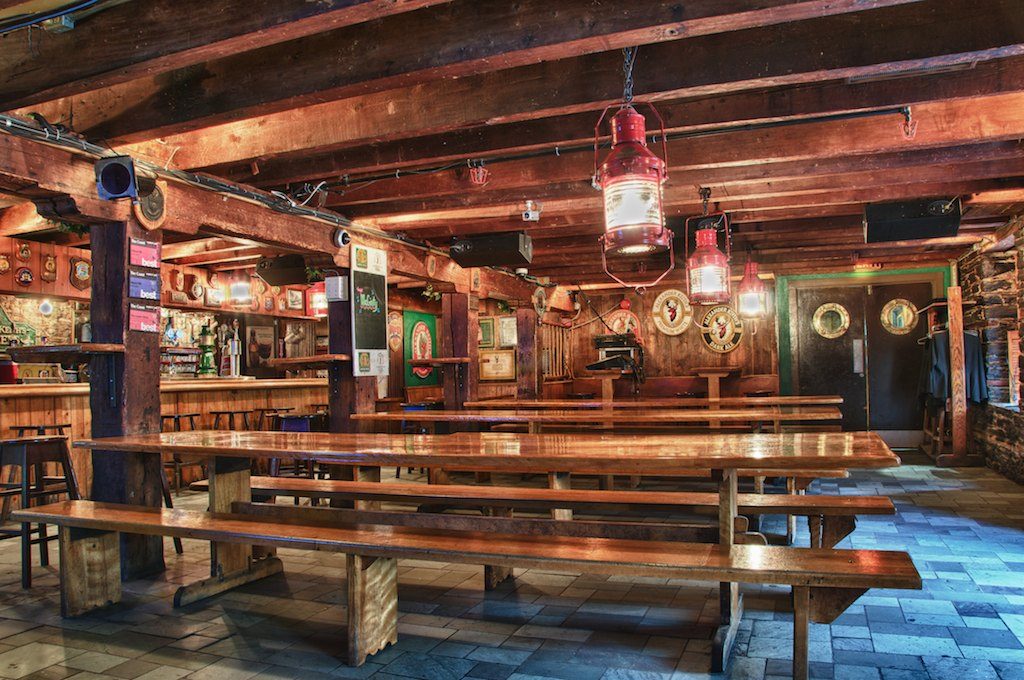
Condy worries about maintaining cash flow over the winter, which he says has always been a slow season for business, even before COVID. He’s purchasing plexiglass to prepare for a safe shift to indoor performances, but he doesn’t feel optimistic about the transition. “We can’t fill the room based on the capacity and social distancing restrictions,” he says. “With patio season coming to a close very soon and the winter sales season upon us, it’s going to be extremely hard to make ends meet.”
Patio seating has also been a lifeline for nightclub operators like INK Entertainment, according to CEO Charles Khabouth. In June, INK revamped Toronto nightclub Rebel’s large patio as Cabana Waterfront Patio, a 50,000-square-foot outdoor bar and lounge that can accommodate over 400 physically-distanced customers.
As the weather cools, however, Khabouth won’t be able to move his customers inside. Some provinces, such as B.C. and Alberta, have placed no indoor capacity limits on bars (if a 6-foot distance between tables is maintained). Ontario, however, has set a cap of 100 people, regardless of the venue size. “Now that the summer is over, it’s going to go back to being a struggle,” says Khabouth.
Khabouth’s team has been upgrading
ventilation systems and rearranging table layouts at venues like Rebel, which
had a licensed capacity of over 2,500 before the pandemic, in the hopes of
demonstrating they can safely serve more than 100 people indoors.
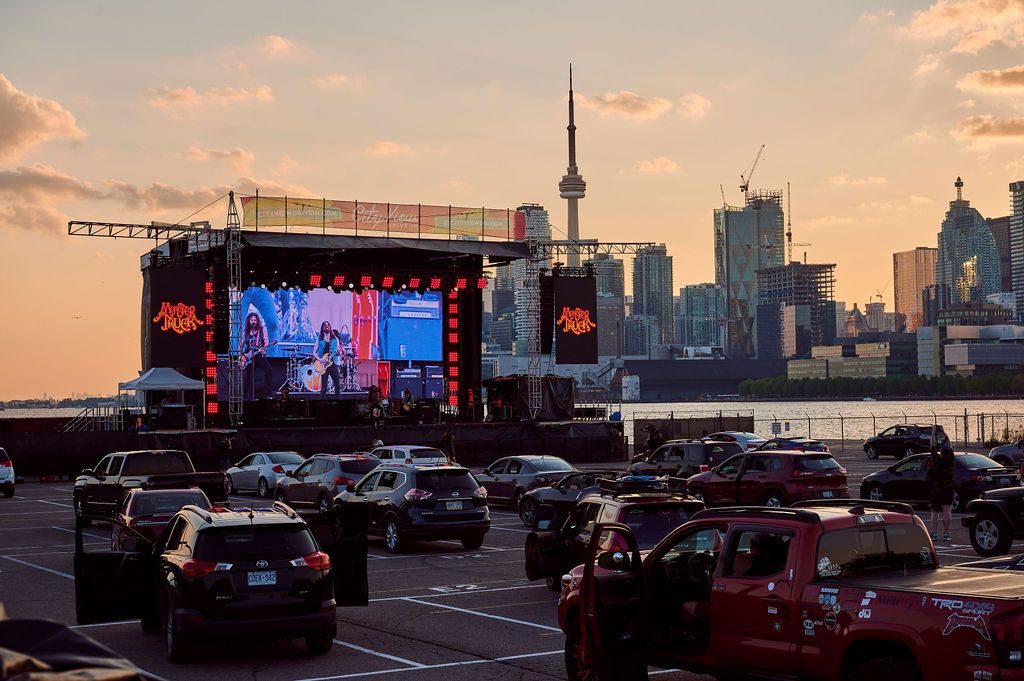
INK is also brainstorming ways to extend patio season for its customers. “We’re trying to create some outdoor events where people are going to come in their sweaters and ski suits,” says Khabouth.
The road to reopening has been even bumpier for bar and nightclub operators without outdoor space to leverage, such as Blueprint which owns popular Vancouver nightclubs like Fortune Sound Club and Celebrities.
Blueprint was among the few B.C. operators to attempt to reopen their nightclubs in July, but director of business development Nate Sabine says the experiment was short-lived.
“We didn’t have the international acts that
we would normally book, we didn’t have the music as loud, and you’re not
allowed to dance,” he says. “We had a couple of good nights, but in the absence
of all of these other things, the experience really suffered and we felt that
it wasn’t worth it to keep our venues open.”
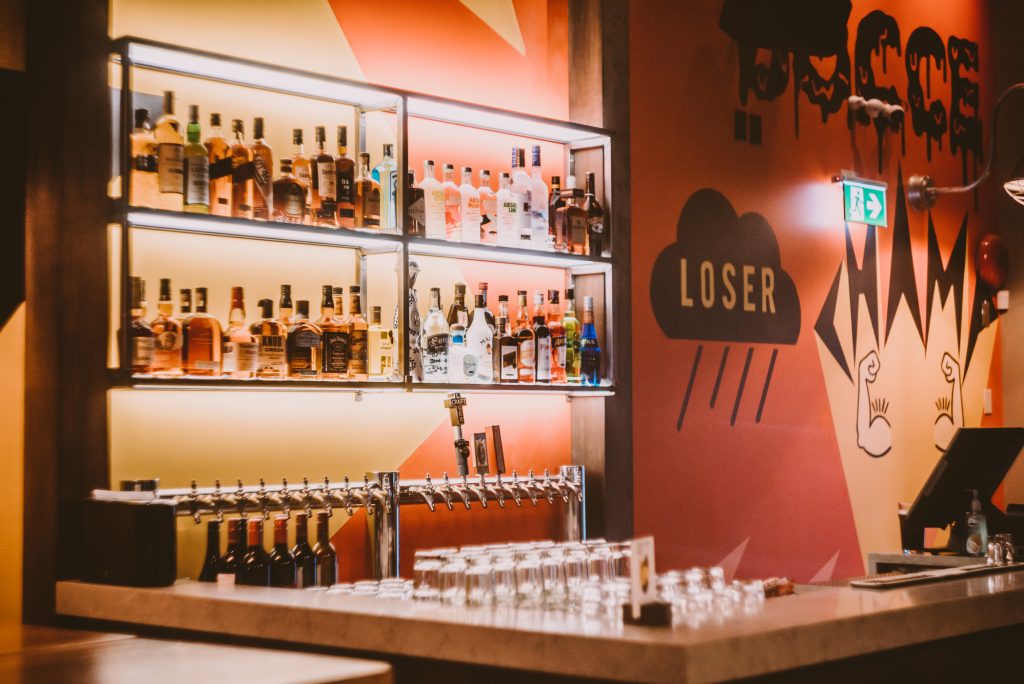
B.C.’s nightlife scene was dealt another blow in early September when, in response to a growing number of COVID cases, provincial health authorities ordered all nightclubs and standalone banquet halls to close, plus imposed a 10 p.m. limit on liquor sales at bars, pubs, and restaurants.
The 10 p.m. cut-off adds another hurdle to Blueprint’s efforts to pivot their nightclub spaces and comes as a hard hit to the brand’s Colony series of bars, which had been rebounding more successfully than their nightclubs, according to Sabine. “We’re going to meet with the government and try to make our case because there’s got to be a happy medium here,” he says.
Many bar operators are concerned that a spike in COVID cases in the fall and winter months could soon lead to similar shutdowns and curfews in other provinces. The possibility of more mandated closures and restrictions, combined with limited seating capacities, and consumer hesitancy about returning to bars and nightclubs, all leaves operators with no clear way to move forward.
“Until there’s a vaccine or a treatment or an environment in which consumers feel safe and that perception of risk is reduced, I don’t think there’s much you can do,” says Coletto. It’s a sentiment echoed by a recent report from Restaurants Canada, which suggests that the majority of foodservice businesses across the country are still operating at a loss, with 36 per cent of respondents estimating it will take between a year and 18 months for their businesses to return to profitability.
The uncertain future of bars and restaurants has far-reaching economic consequences that stretch beyond the foodservice industry. Research from Restaurants Canada suggests that 95 per cent of a typical restaurant’s revenue goes back into the economy, employing farmers, food distributors, tradespeople, designers, and—in the case of the bar and entertainment sector—musicians and DJs. “The music industry contributes an estimated 3 billion to the GDP and creates around 72,000 jobs,” says Erin Benjamin, president and CEO of the Canadian Live Music Association.
Erica Meekes, director of PR for Music Canada, says that bars and entertainment venues that host music performances provide an essential platform for emerging artists. “For independent and unsigned artists, live music is their bread and butter. It’s how they go out and meet people, it’s how they sell merchandise, it’s how they raise their profile,” says Meekes.
“We’ve seen numbers as high as almost 90 per cent of all live music venues may go out of business before the end of the pandemic within Toronto.”
Meekes adds that it’s common for independent artists to hold jobs in the foodservice industry as a secondary source of income to support their music careers. Many have now lost these foodservice jobs, in addition to their music gigs, as a result of the challenges bars and restaurants have faced amid the pandemic. “In many cases, they’ve been doubly impacted,” she says.
Assistance with labour costs, rent relief and commercial tenant protections, and interest-free loans to help with cash flow and rising debt levels are some of the ways Restaurants Canada is recommending the government intervene to support the foodservice industry, including the struggling bar and entertainment sector.
“The public policy reaction has to recognize that for these operators, these musicians, these venues, there’s no way out of it and you need support for them. I think that message needs to continue to be communicated to the government,” says Coletto.



